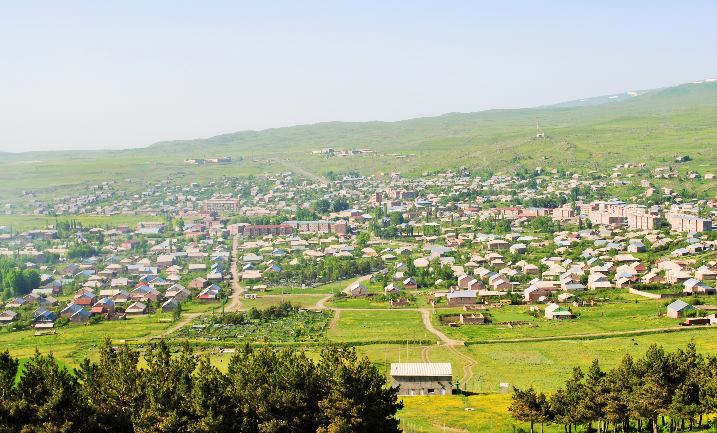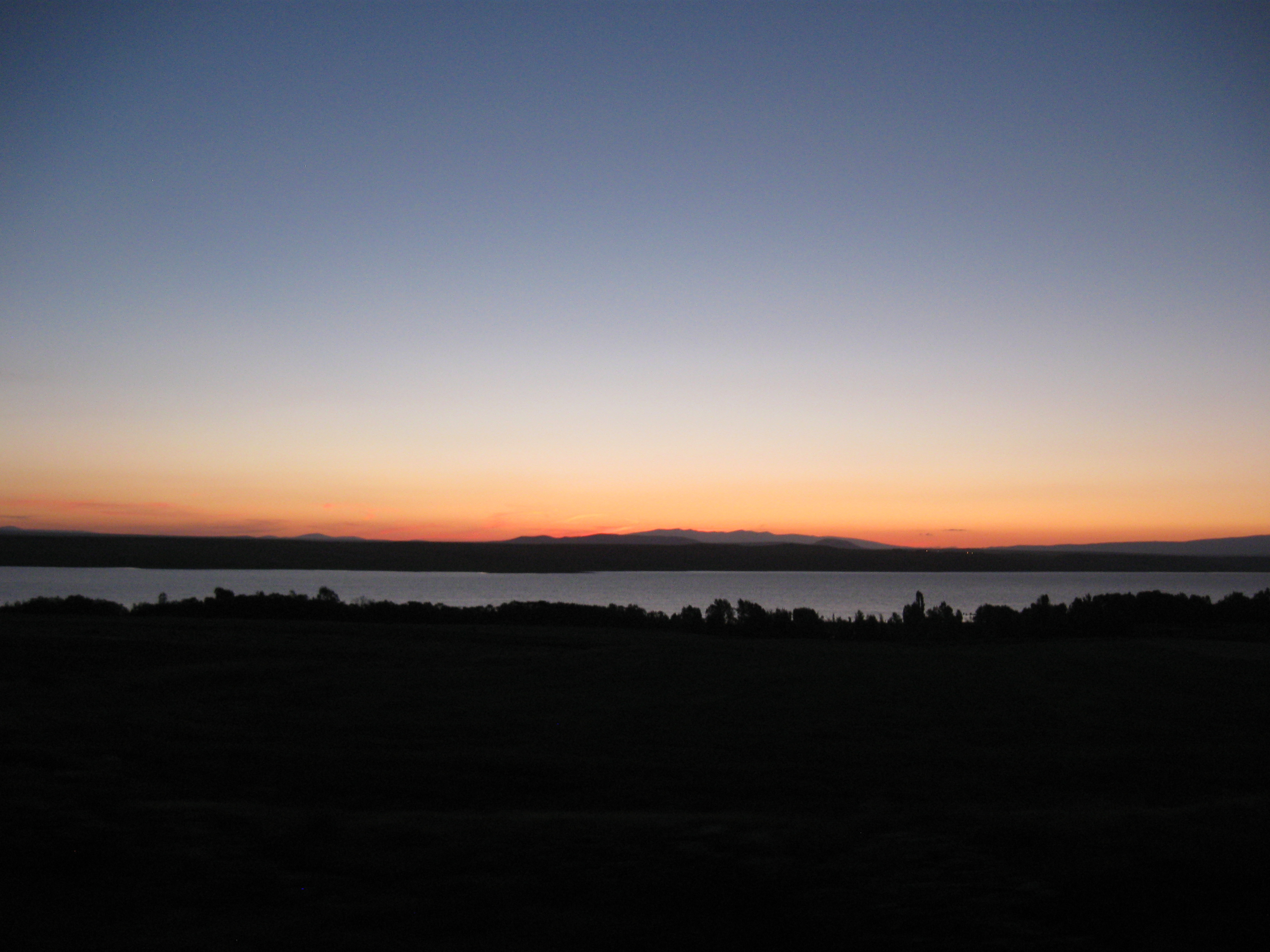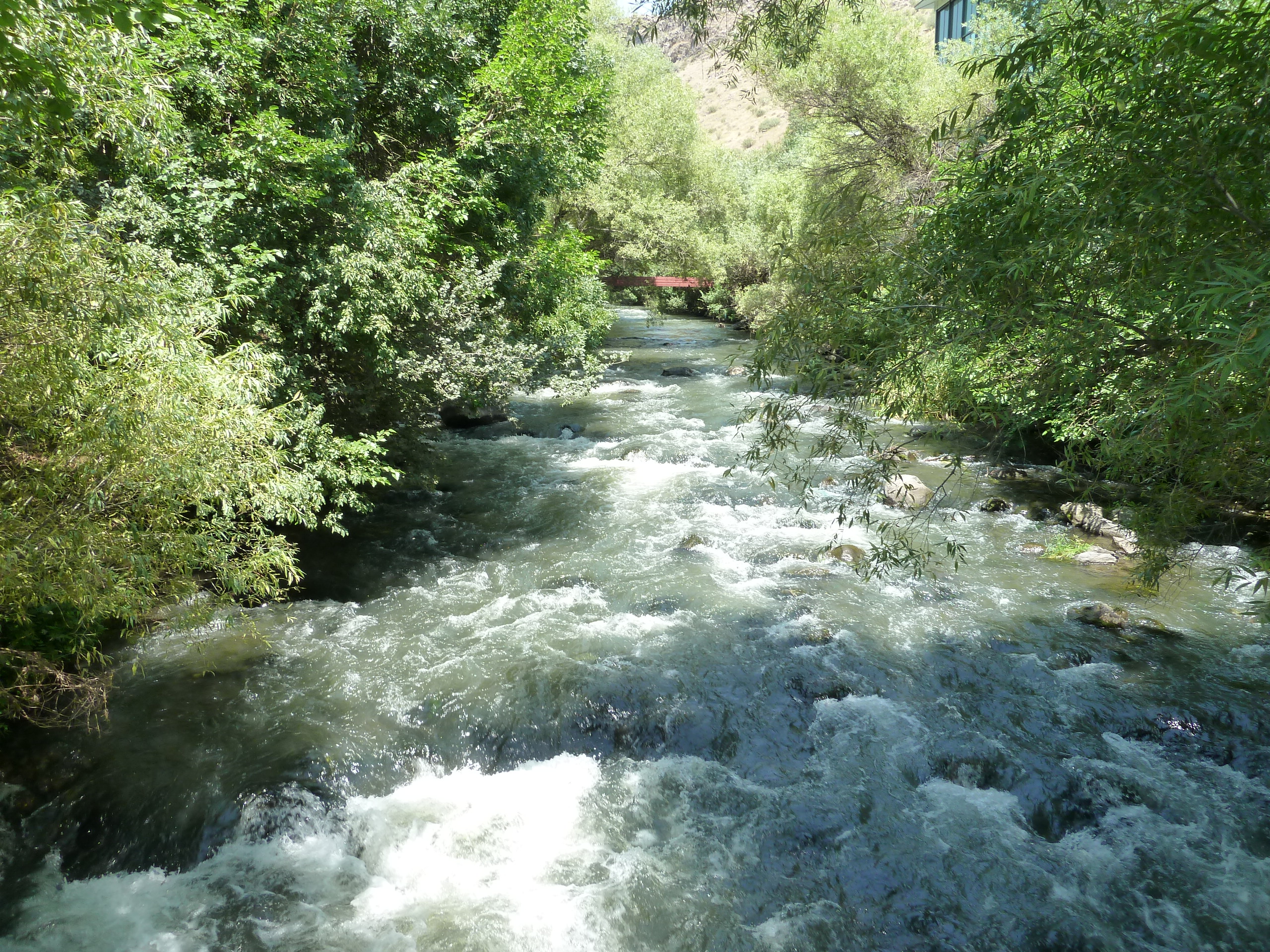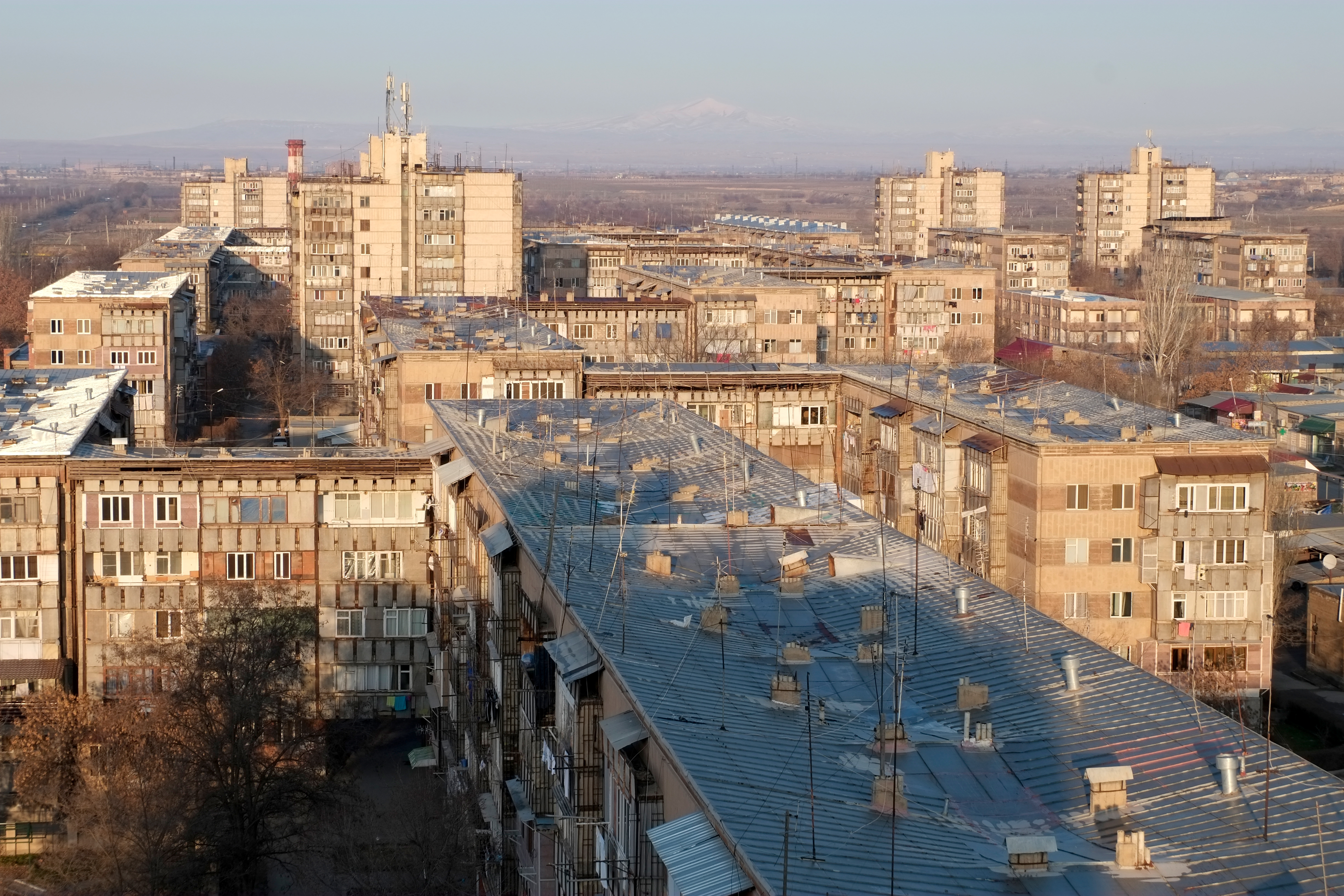|
Kasagh River
Kasagh () is a river in the west-central region of modern Armenia which flows north to south. It originates near Mount Aragats in Aragatsotn province, flows south into Armavir province and into the Metsamor, which itself is a tributary of the Aras. Sites along the river From north to south: * the town of Aparan * the Aparan reservoir * Saghmosavank, an Armenian monastic complex * Hovhannavank, a 13th-century Armenian monastic complex * the town of Ashtarak * the town of Oshakan * the city of Vagharshapat Vagharshapat ( ) is the List of cities and towns in Armenia, 5th-largest city in Armenia and the most populous municipal community of Armavir Province, located about west of the capital Yerevan, and north of the closed Turkish-Armenian border ... Gallery See also * List of lakes of Armenia * Geography of Armenia References Rivers of Armenia {{Armenia-river-stub ... [...More Info...] [...Related Items...] OR: [Wikipedia] [Google] [Baidu] |
Armenia
Armenia, officially the Republic of Armenia, is a landlocked country in the Armenian Highlands of West Asia. It is a part of the Caucasus region and is bordered by Turkey to the west, Georgia (country), Georgia to the north and Azerbaijan to the east, and Iran and the Azerbaijani exclave of Nakhchivan Autonomous Republic, Nakhchivan to the south. Yerevan is the Capital city, capital, largest city and Economy of Armenia, financial center. The Armenian Highlands has been home to the Hayasa-Azzi, Shupria and Nairi. By at least 600 BC, an archaic form of Proto-Armenian language, Proto-Armenian, an Indo-European languages, Indo-European language, had diffused into the Armenian Highlands.Robert Drews (2017). ''Militarism and the Indo-Europeanizing of Europe''. Routledge. . p. 228: "The vernacular of the Great Kingdom of Biainili was quite certainly Armenian. The Armenian language was obviously the region's vernacular in the fifth century BC, when Persian commanders and Greek writers ... [...More Info...] [...Related Items...] OR: [Wikipedia] [Google] [Baidu] |
Aparan
Aparan ( , colloquially ) is a town in the Aparan Municipality of the Aragatsotn Province of Armenia, about 50 kilometers northwest of the capital Yerevan. As of the 2011 census, the population of the town was 6,451. As per the 2016 official estimate, Aparan had a population of around 5,300. As of the 2022 census, the population of the town was 5,803. Etymology It is commonly believed that the name of Aparan is derived from the Armenian word ''Aparank'', meaning a royal palace. However, throughout history, the town has been known by different names including ''Kasagh'', ''Paraznavert'', ''Abaran'' and ''Abaran Verin''. Later, it was known as ''Bash Aparan'' () until 1935, when the name was finally changed to Aparan. History Early history and Middle Ages In Ancient history, antiquity, the region of Aparan was known as ''Nig'' or ''Nigatun''. The first reference to the town of Aparan was made by Ptolemy during the 2nd century. Ptolemy referred to the settlement as ''Casala''; the ... [...More Info...] [...Related Items...] OR: [Wikipedia] [Google] [Baidu] |
List Of Lakes Of Armenia ...
This is a list of lakes of Armenia. Lake Sevan, in Gegharkunik Province, is the largest body of water in Armenia and the entire Caucasus region. Armenia has one very large lake called Lake Sevan and more than 100 small mountain lakes. None of them, except Sevan and Lake Arpi, have yet been extensively studied. The water resources of the lakes amount to about , Sevan holding most of this, nearly (before the drainage it had almost ). Within the country's capital, Yerevan, it is possible to find small lakes, often in amusement parks. List See also * Geography of Armenia * List of rivers of Armenia References {{Europe topic, List of lakes of * lakes Armenia Armenia, officially the Republic of Armenia, is a landlocked country in the Armenian Highlands of West Asia. It is a part of the Caucasus region and is bordered by Turkey to the west, Georgia (country), Georgia to the north and Azerbaijan to ... [...More Info...] [...Related Items...] OR: [Wikipedia] [Google] [Baidu] |
Vagharshapat
Vagharshapat ( ) is the List of cities and towns in Armenia, 5th-largest city in Armenia and the most populous municipal community of Armavir Province, located about west of the capital Yerevan, and north of the closed Turkish-Armenian border. It is commonly known as Ejmiatsin (also spelled Echmiadzin or Etchmiadzin, , ), which was its official name between 1945 and 1995. It is still commonly used colloquially and in official bureaucracy, a case of dual naming. The city is best known as the location of Etchmiadzin Cathedral and Mother See of Holy Etchmiadzin, the center of the Armenian Apostolic Church. It is thus unofficially known in Western sources as a "holy city" and in Armenia as the country's "spiritual capital". It was one of the major cities and a historic capitals of Armenia, capital of Kingdom of Armenia (antiquity), the ancient Kingdom of Greater Armenia. Reduced to a small town by the early 20th century, it experienced large expansion during the Soviet period beco ... [...More Info...] [...Related Items...] OR: [Wikipedia] [Google] [Baidu] |
Ashtarak
Ashtarak ( ) is a town in the Ashtarak Municipality of the Aragatsotn Province of Armenia, located on the left bank of Kasagh River along the gorge, 20 kms northwest of the capital Yerevan. It is the administrative centre of the province and an important crossroad of routes for the Yerevan–Gyumri–Vanadzor triangle. The town plays a great role in the national economy as well as the cultural life of Armenia through several industrial enterprises and cultural institutions. It has developed as a satellite town of Yerevan. The nearby village of Mughni is part of the Ashtarak municipality. As of the 2011 census, the population of the town was 18,834. However, as per the 2016 official estimate, the population of Ashtarak is 18,000. As of the 2022 census, the population of the town was 15,686. The prelacy of the Diocese of Aragatsotn of the Armenian Apostolic Church is headquartered in Ashtarak. Etymology The name of Ashtarak is the Armenian language, Armenian word for ''tower'' or ... [...More Info...] [...Related Items...] OR: [Wikipedia] [Google] [Baidu] |
Hovhannavank
Hovhannavank, also Yovhannavank‘ () is a medieval monastery located in the village of Ohanavan in the Aragatsotn Province of Armenia. The monastery stands on the edge of the Kasagh River canyon, and its territory is adjacent to the village of Ohanavan. The deep gorge is carved by the Kasagh River. History and architecture The oldest part of the monastery is the single nave basilica of St. Karapet (i.e. Holy Forerunner, John the Baptist) that was founded at the beginning of the fourth century by St. Gregory the Enlightener, who baptized Armenia into the world's first Christian nation. The wooden roof of the early church was replaced in 554 AD with a thatch cover, and the basilica itself underwent profound renovation between 1652 and 1734. The centerpiece of the monastery is the Cathedral built between 1216 and 1221 through the donation of Prince Vache I Vachutian Amberdtsi (Վաչե Ա). The Cathedral has a cruciform floor plan, with two storey sacristies in each of the fou ... [...More Info...] [...Related Items...] OR: [Wikipedia] [Google] [Baidu] |
Saghmosavank
The Saghmosavank (, lit. "monastery of the Psalms") is a 13th-century Armenian monastic complex located in the village of Saghmosavan in the Aragatsotn Province of Armenia. Like the Hovhannavank monastery which is five kilometers south, Saghmosavank is situated atop the precipitous gorge carved by the Kasagh river. Their silhouettes dominate the adjacent villages and rise sharp against the background of the mountains crowned by Mount Aragats. The monastic structures erected by Prince Vache Vachutyan, the Church of Zion in Saghmosavank (1215) and the Church of Karapet in Hovhannavank (1216–1221), belong to the same type of cross-winged domed structure with two-floor annexes in all the corners of the building. Subcupola space predominates in the interiors of both churches, which is reflected in the exterior shapes of these structures. The ''zhamatun'' attached to the church was erected by his son Kurt in 1255. Gallery File:Saghmosavank 2015-1.jpg File:Saghmosavank 2015-3.j ... [...More Info...] [...Related Items...] OR: [Wikipedia] [Google] [Baidu] |
Aparan Reservoir
Aparan ( , colloquially ) is a town in the Aparan Municipality of the Aragatsotn Province of Armenia, about 50 kilometers northwest of the capital Yerevan. As of the 2011 census, the population of the town was 6,451. As per the 2016 official estimate, Aparan had a population of around 5,300. As of the 2022 census, the population of the town was 5,803. Etymology It is commonly believed that the name of Aparan is derived from the Armenian word ''Aparank'', meaning a royal palace. However, throughout history, the town has been known by different names including ''Kasagh'', ''Paraznavert'', ''Abaran'' and ''Abaran Verin''. Later, it was known as ''Bash Aparan'' () until 1935, when the name was finally changed to Aparan. History Early history and Middle Ages In antiquity, the region of Aparan was known as ''Nig'' or ''Nigatun''. The first reference to the town of Aparan was made by Ptolemy during the 2nd century. Ptolemy referred to the settlement as ''Casala''; the Hellenized vers ... [...More Info...] [...Related Items...] OR: [Wikipedia] [Google] [Baidu] |
Great Soviet Encyclopedia
The ''Great Soviet Encyclopedia'' (GSE; , ''BSE'') is one of the largest Russian-language encyclopedias, published in the Soviet Union from 1926 to 1990. After 2002, the encyclopedia's data was partially included into the later ''Great Russian Encyclopedia'' in an updated and revised form. The GSE claimed to be "the first Marxist–Leninist general-purpose encyclopedia". Origins The idea of the ''Great Soviet Encyclopedia'' emerged in 1923 on the initiative of Otto Schmidt, a member of the Russian Academy of Sciences. In early 1924 Schmidt worked with a group which included Mikhail Pokrovsky, (rector of the Institute of Red Professors), Nikolai Meshcheryakov (Former head of the General Directorate for the Protection of State Secrets in the Press, Glavit, the State Administration of Publishing Affairs), Valery Bryusov (poet), Veniamin Kagan (mathematician) and Konstantin Kuzminsky to draw up a proposal which was agreed to in April 1924. Also involved was Anatoly Lunacharsky, People' ... [...More Info...] [...Related Items...] OR: [Wikipedia] [Google] [Baidu] |
Metsamor (river)
Metsamor (, ), is a town and urban municipal community in the Armavir Province of Armenia. It is famous for being home to Armenia's Metsamor Nuclear Power Plant, the only nuclear plant in the Transcaucasian region. As of the 2011 census, the town had a population of 9,191. As per the 2016 official estimate, Metsamor has a population of around 8,000. As of the 2022 census, the town had a population of 8,472. Etymology The name of the town is derived from the nearby river of Metsamor. It is composed of 2 Armenian words: ''mets'' () meaning ''great'', and ''mor'' () meaning ''mother's'', being the genitive singular form of the word ''mayr'' () meaning ''mother''. The name is most probably refers to the Virgin Mary as the Great Mother of God. History The construction of the settlement of Metsamor was launched in 1969, within the ''Hoktemberyan'' raion of the Armenian Soviet Socialist Republic. It was mainly founded as the residential settlement of the employees of the Metsamor Nucle ... [...More Info...] [...Related Items...] OR: [Wikipedia] [Google] [Baidu] |
Federal Research Division
The Federal Research Division (FRD) is the research and analysis unit of the United States Library of Congress. The Federal Research Division provides directed research and analysis on domestic and international subjects to agencies of the United States government, the District of Columbia, and authorized federal contractors. As expert users of the vast English and foreign-language collections of the Library of Congress, the Division's area and subject specialists employ the resources of the world's largest library and other information sources worldwide to produce impartial and comprehensive studies on a cost-recovery basis. The Federal Research Program is run by the Federal Research Division (FRD), the fee-for-service research and analysis unit within the Library of Congress. The Federal Research Program of the Library of Congress was authorized by the United States Congress in accordance with the Library of Congress Fiscal Operations Improvement Act of 2000 (2 U.S.C. 182c). FR ... [...More Info...] [...Related Items...] OR: [Wikipedia] [Google] [Baidu] |








